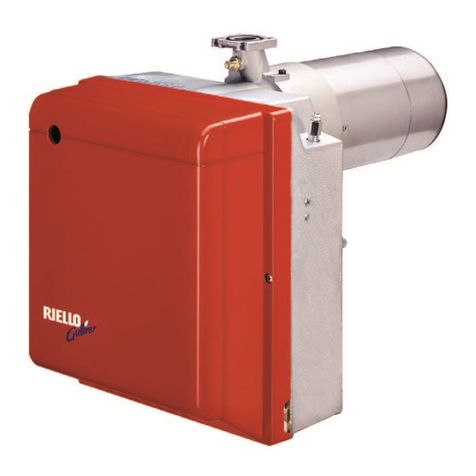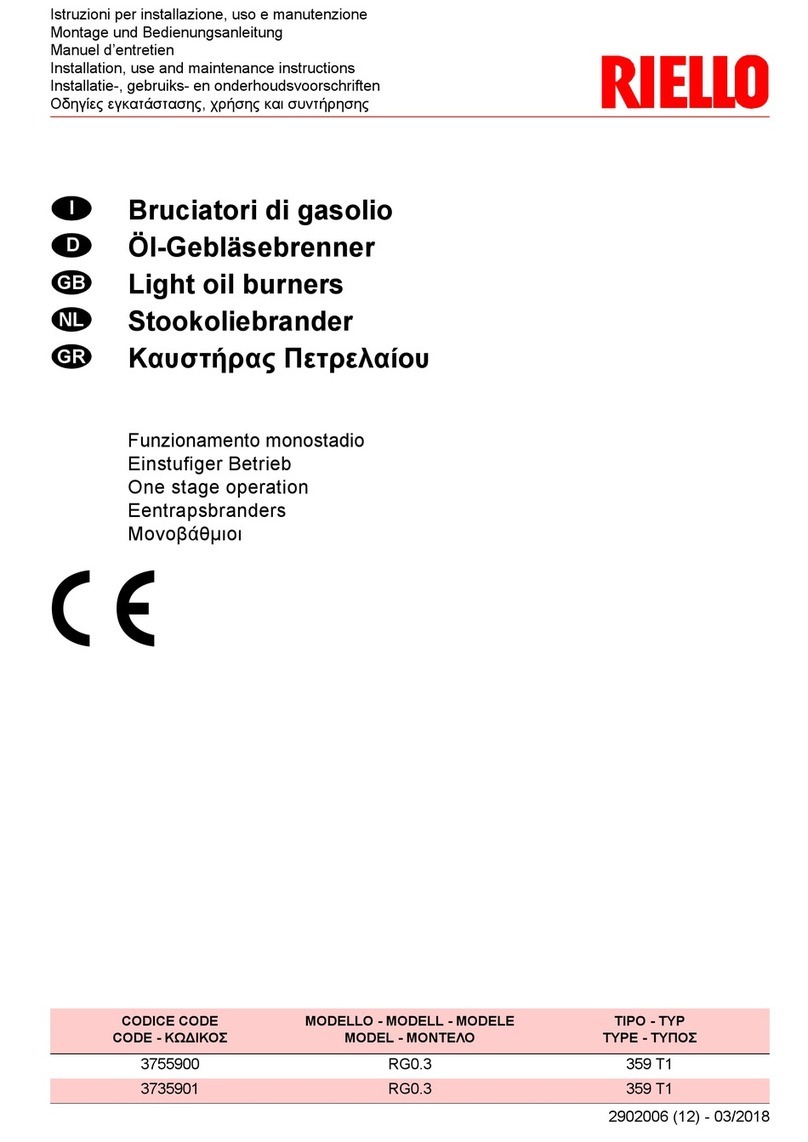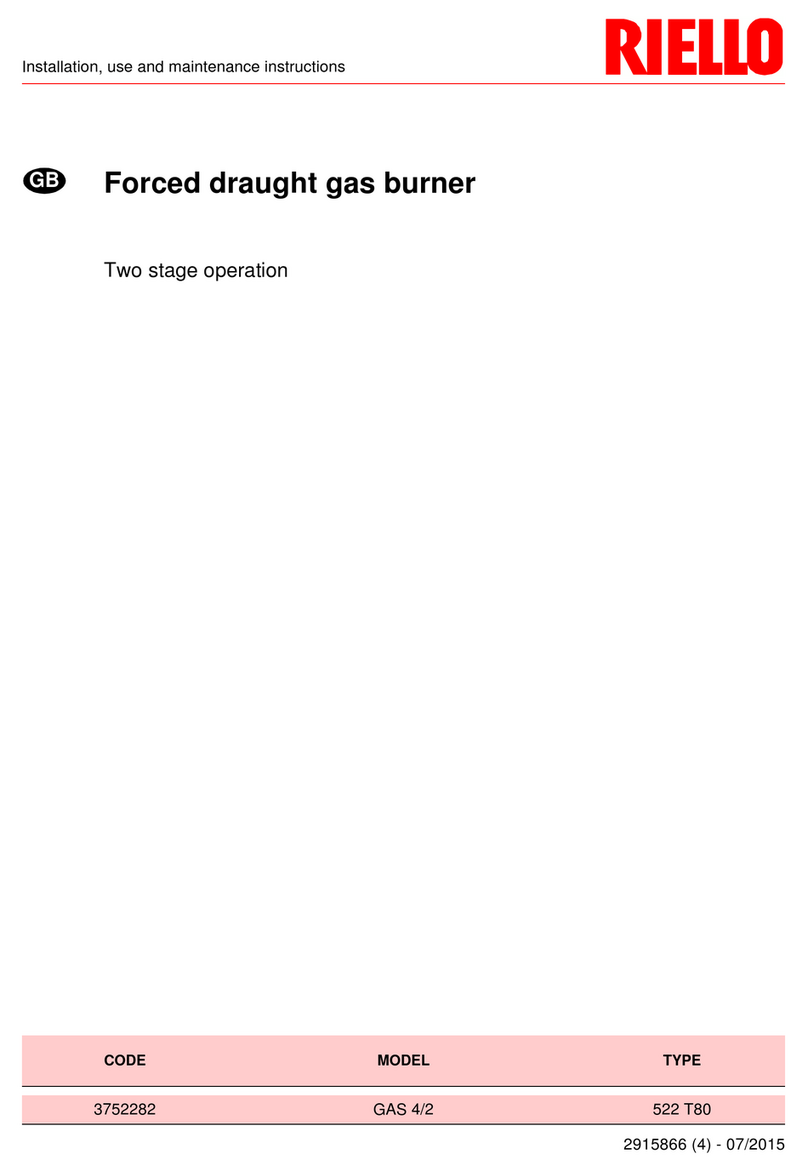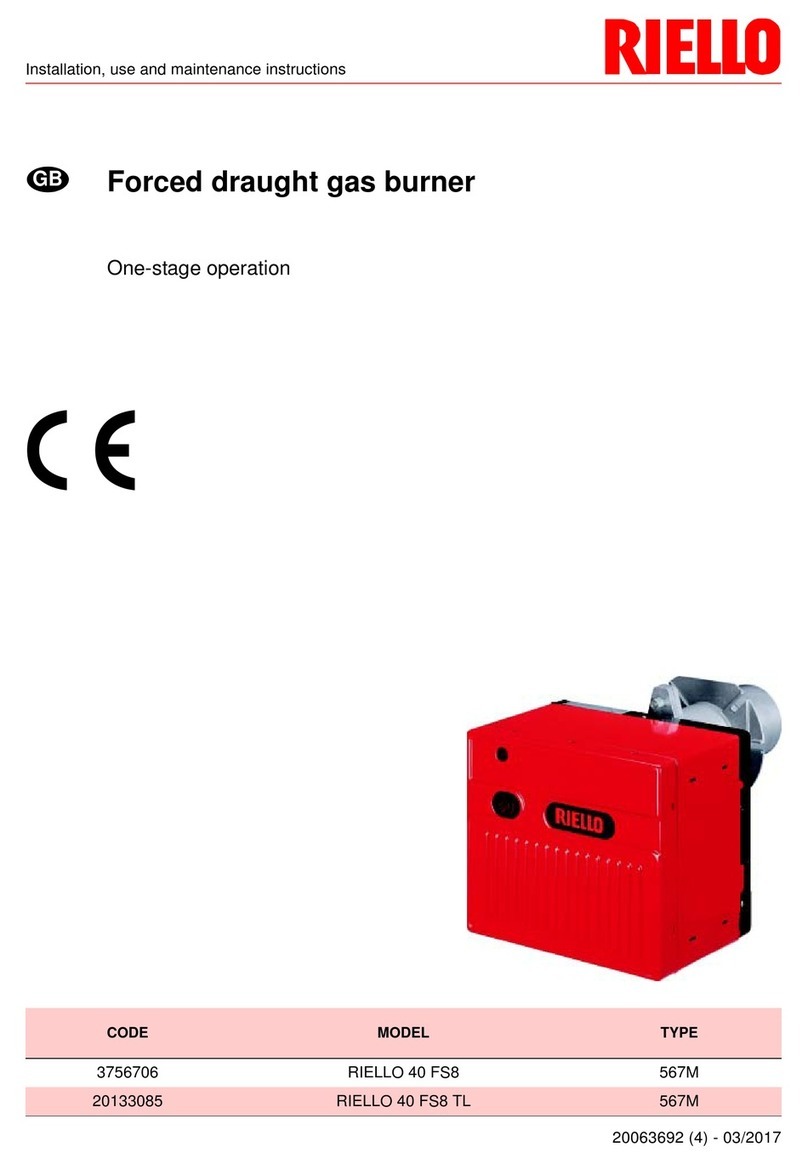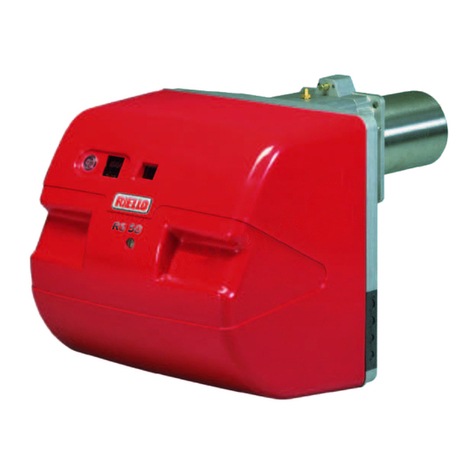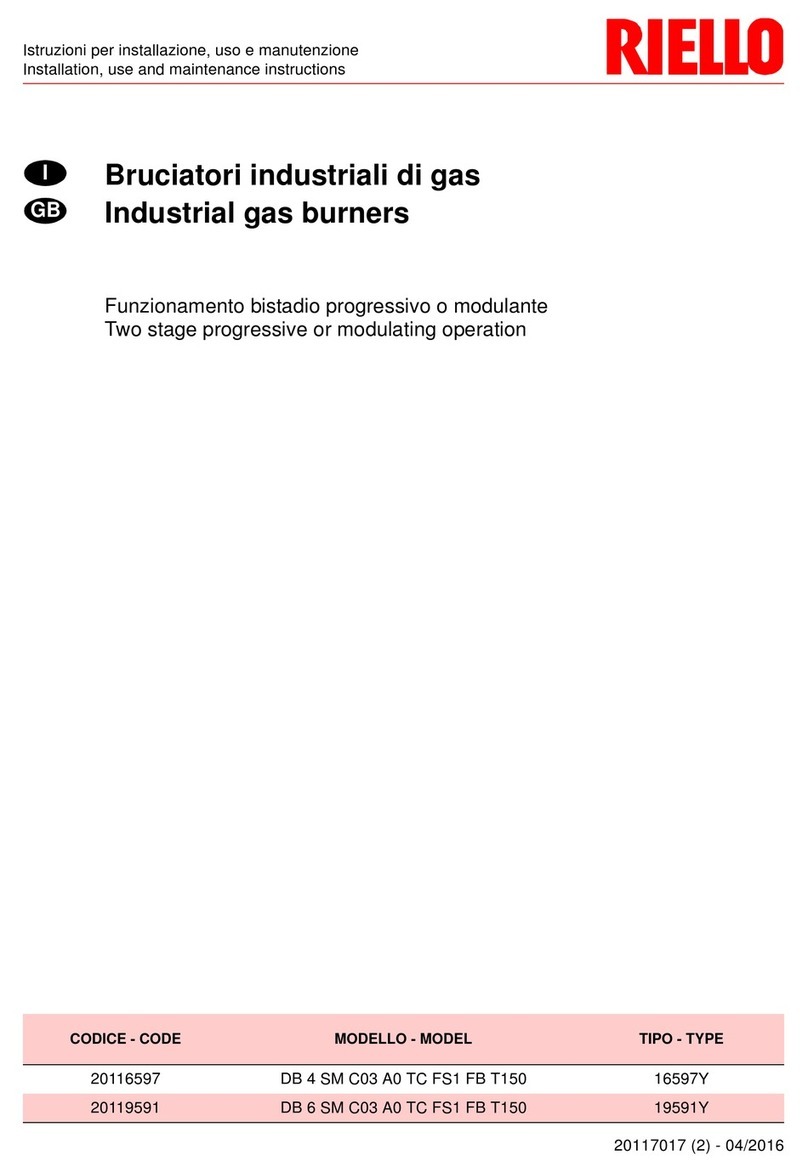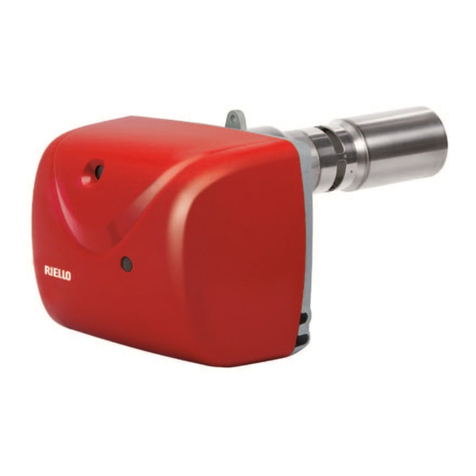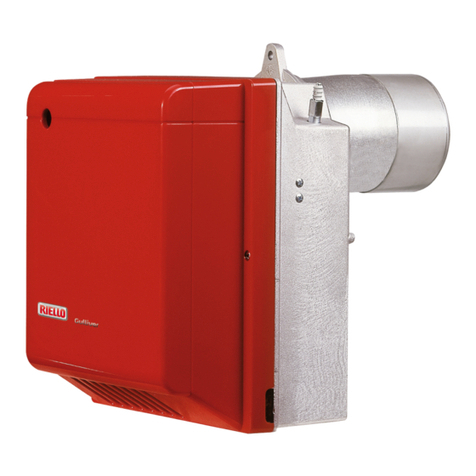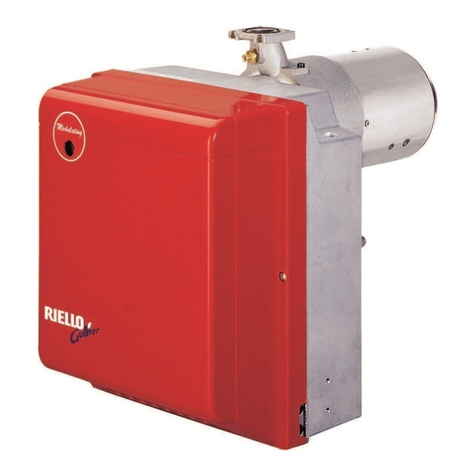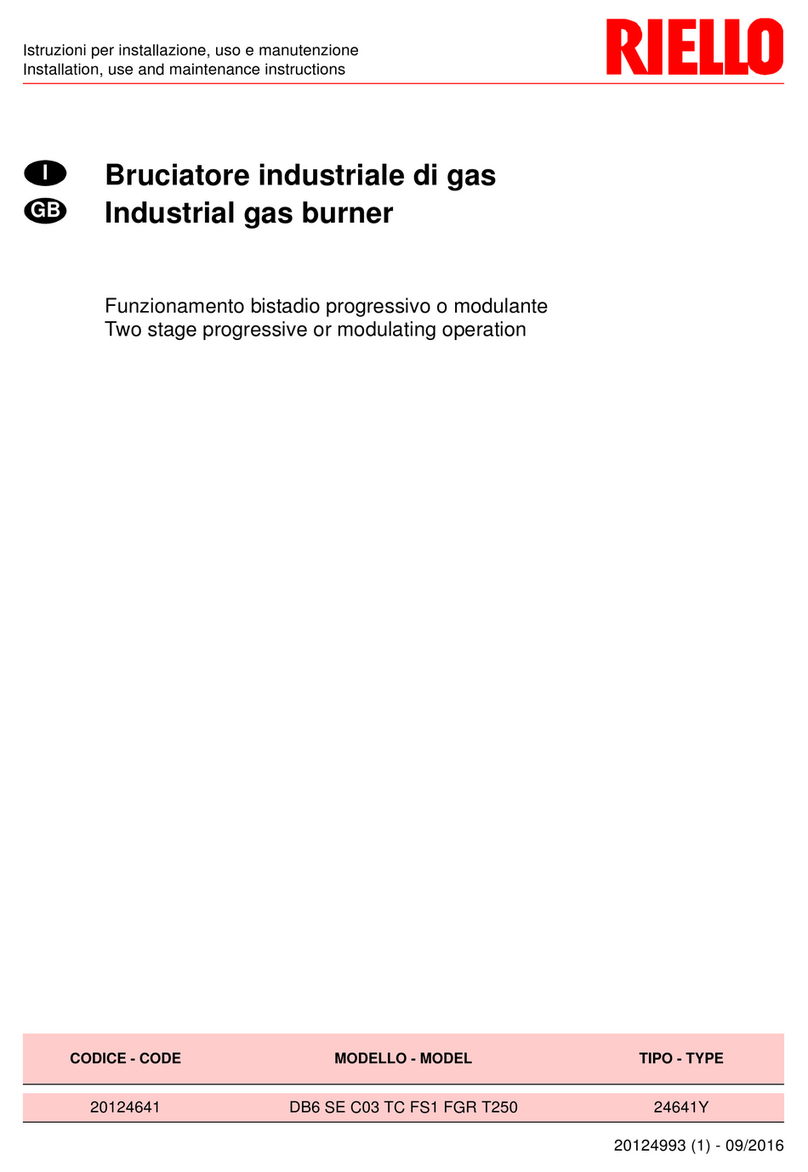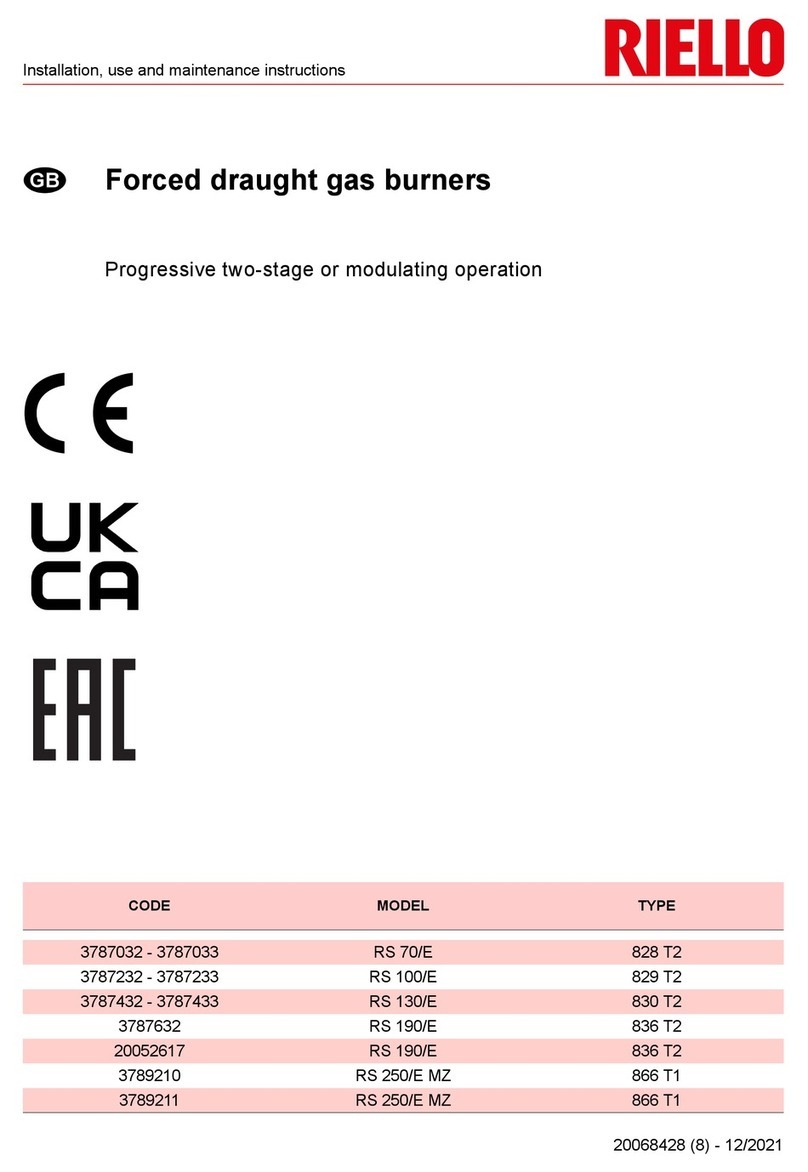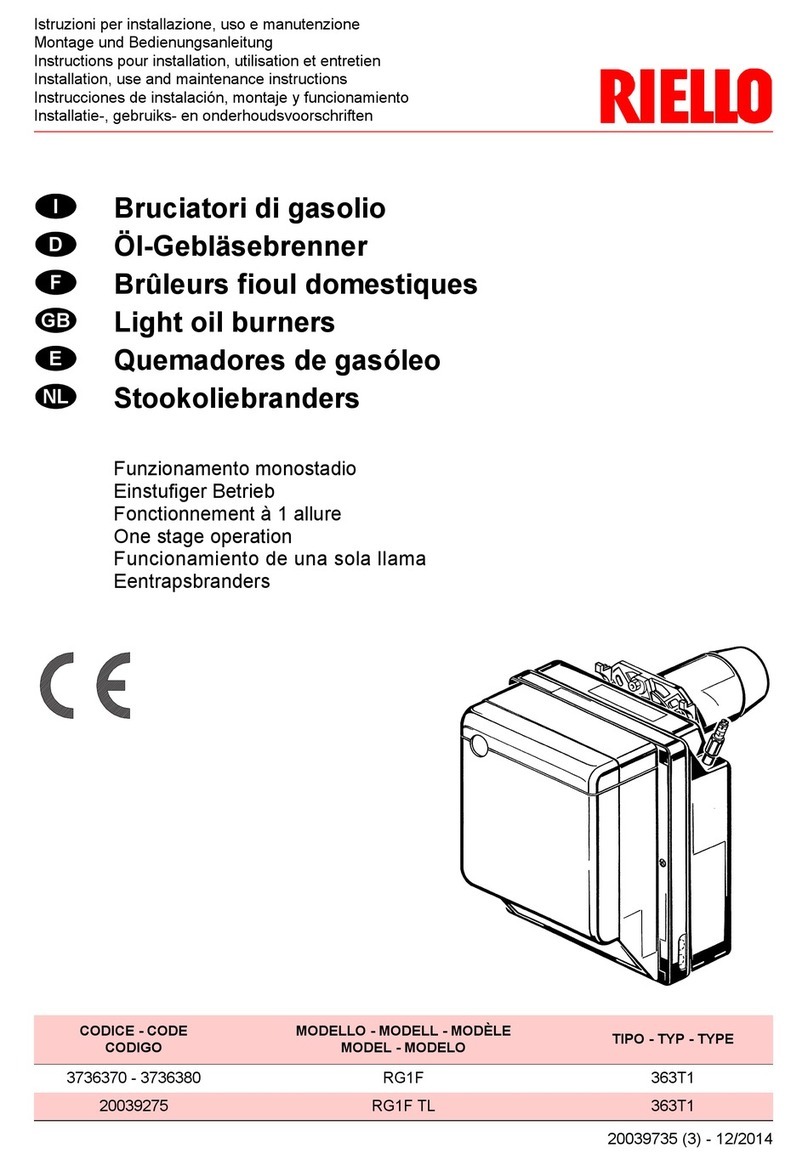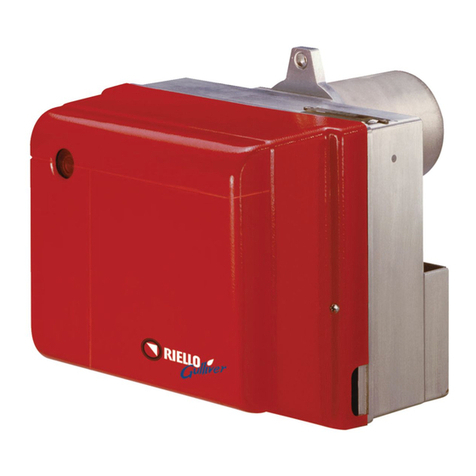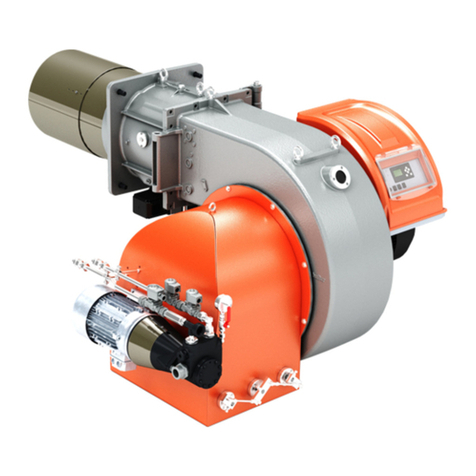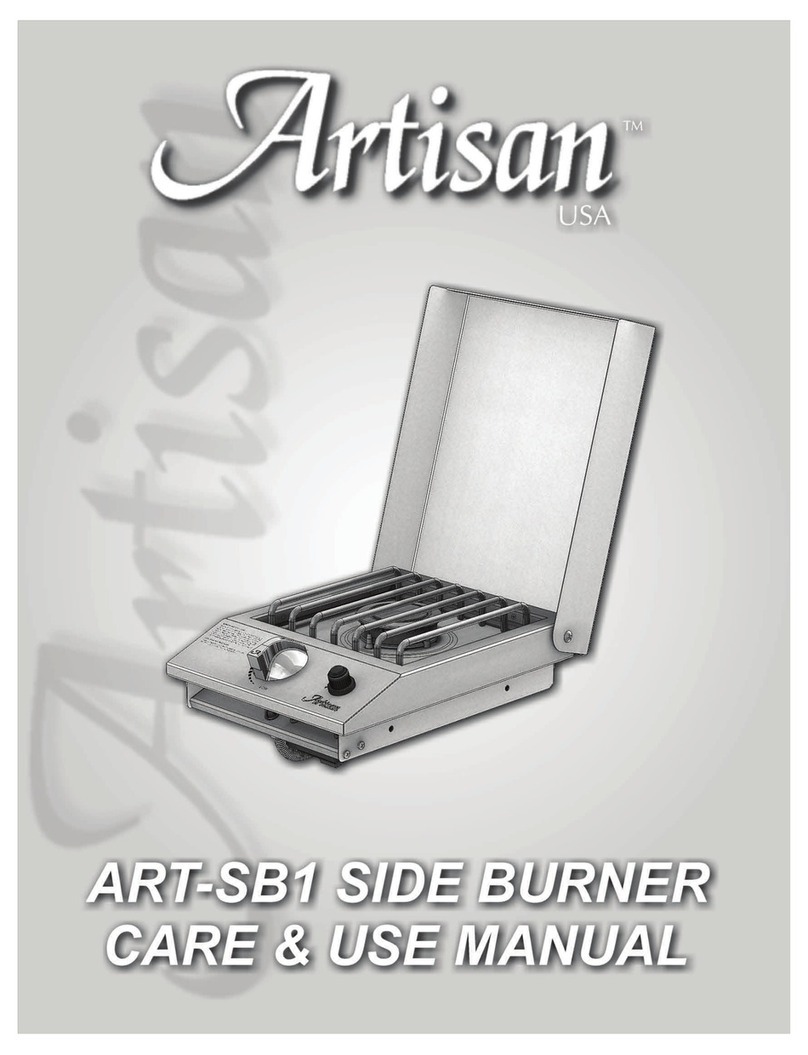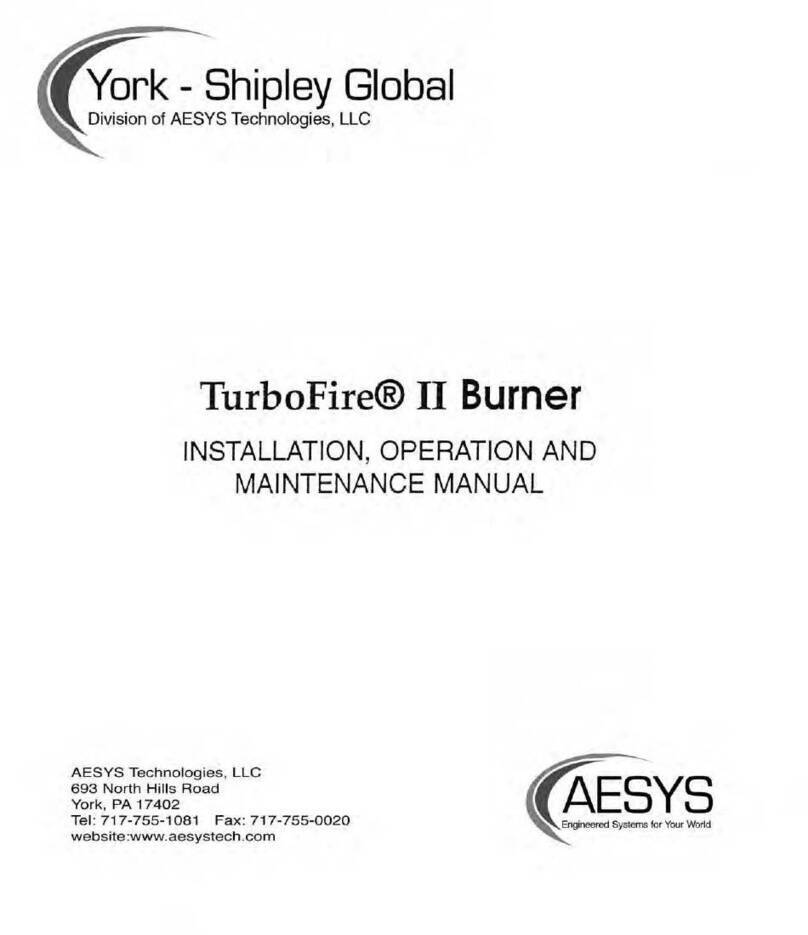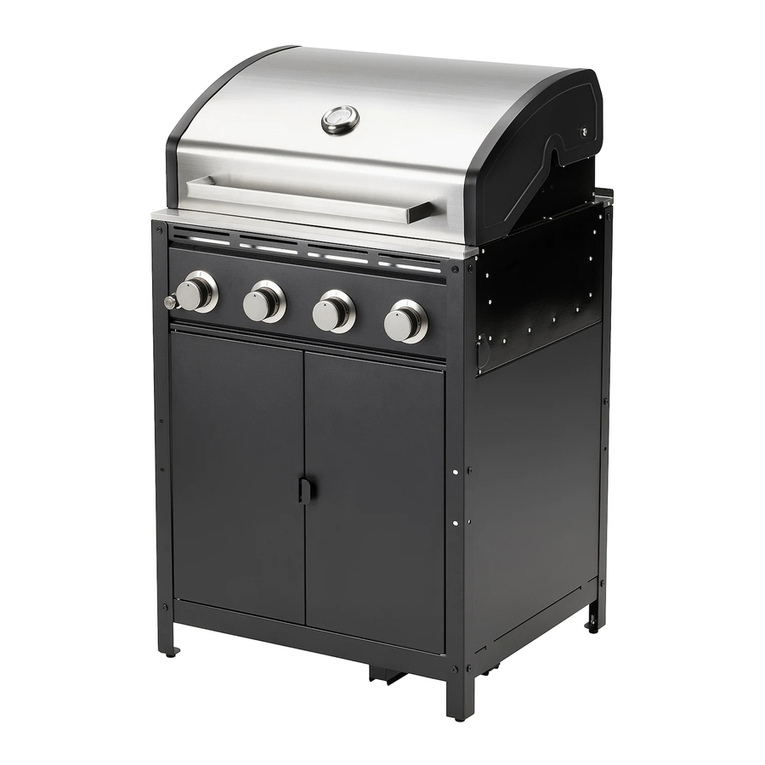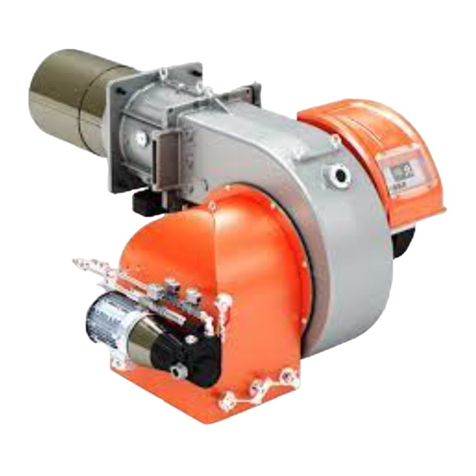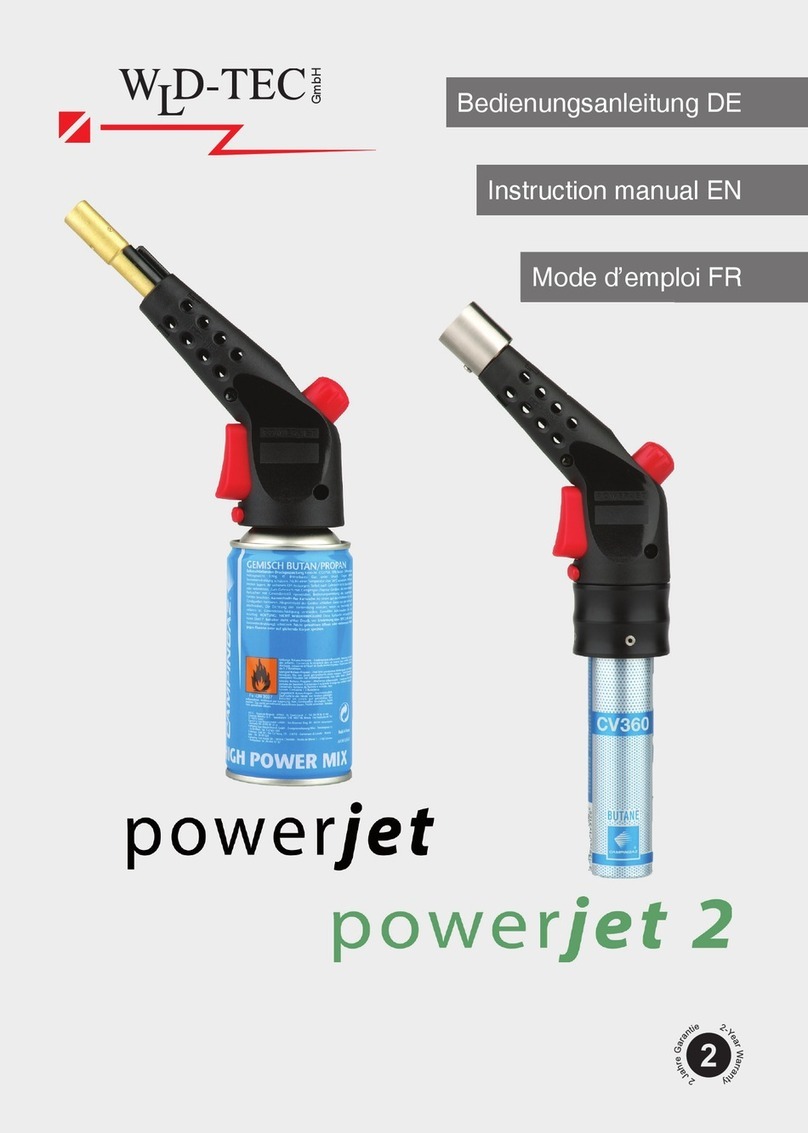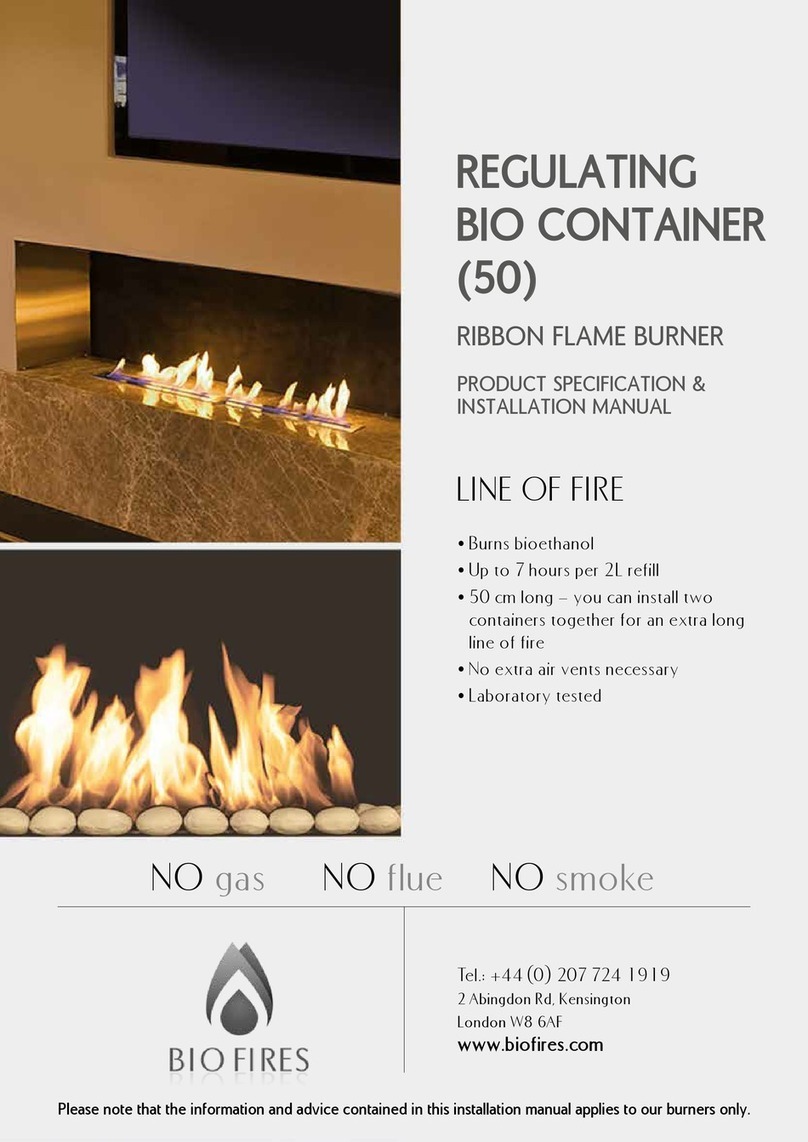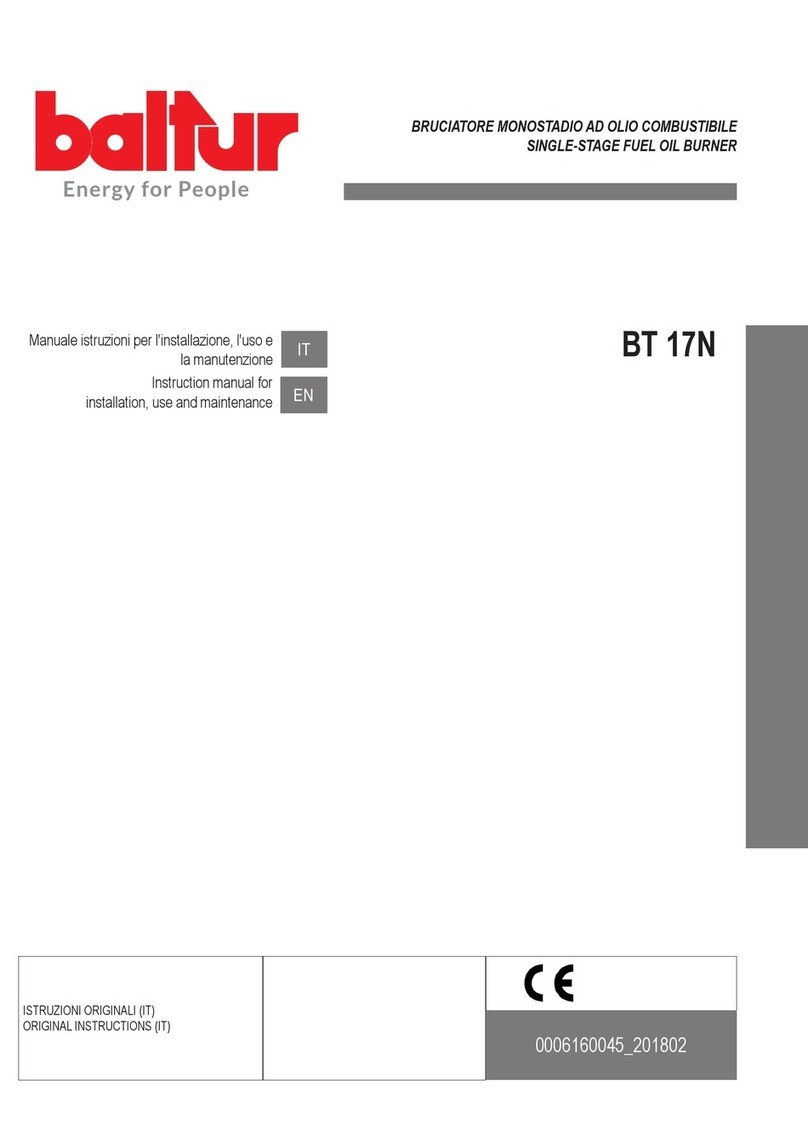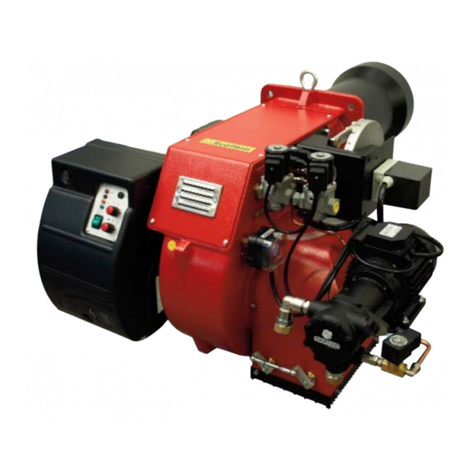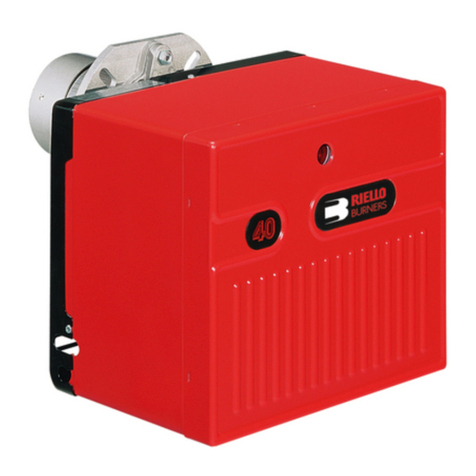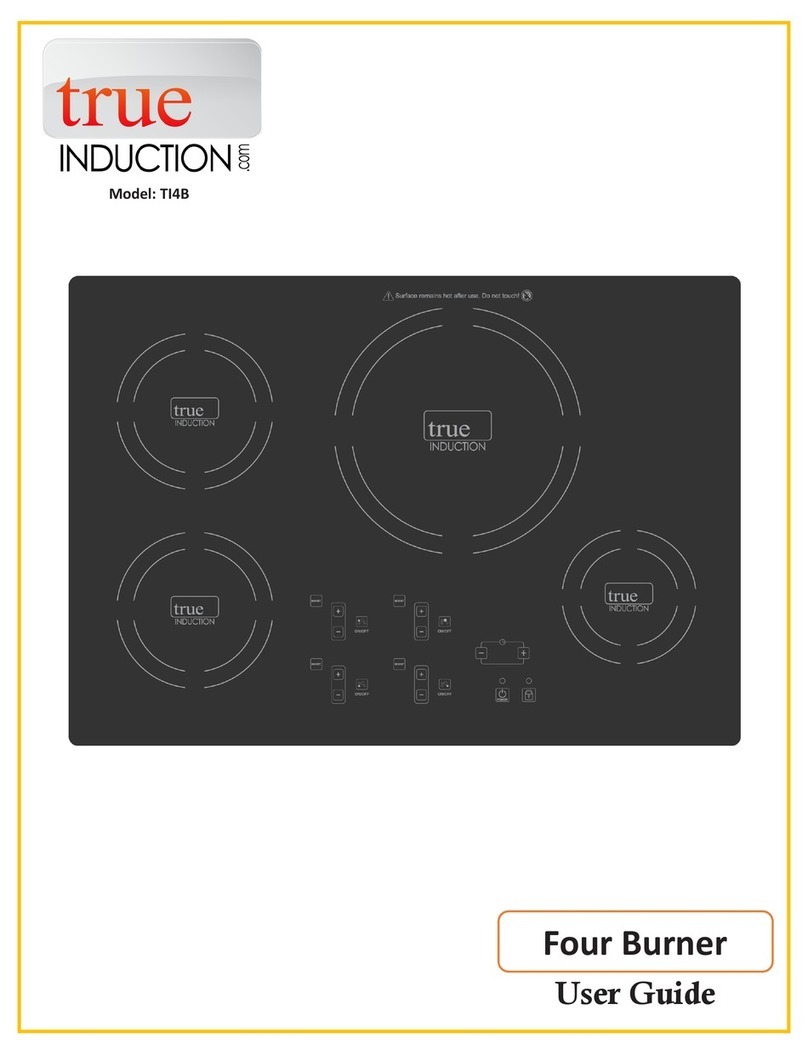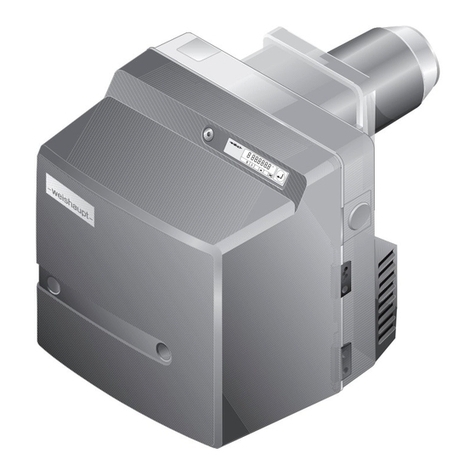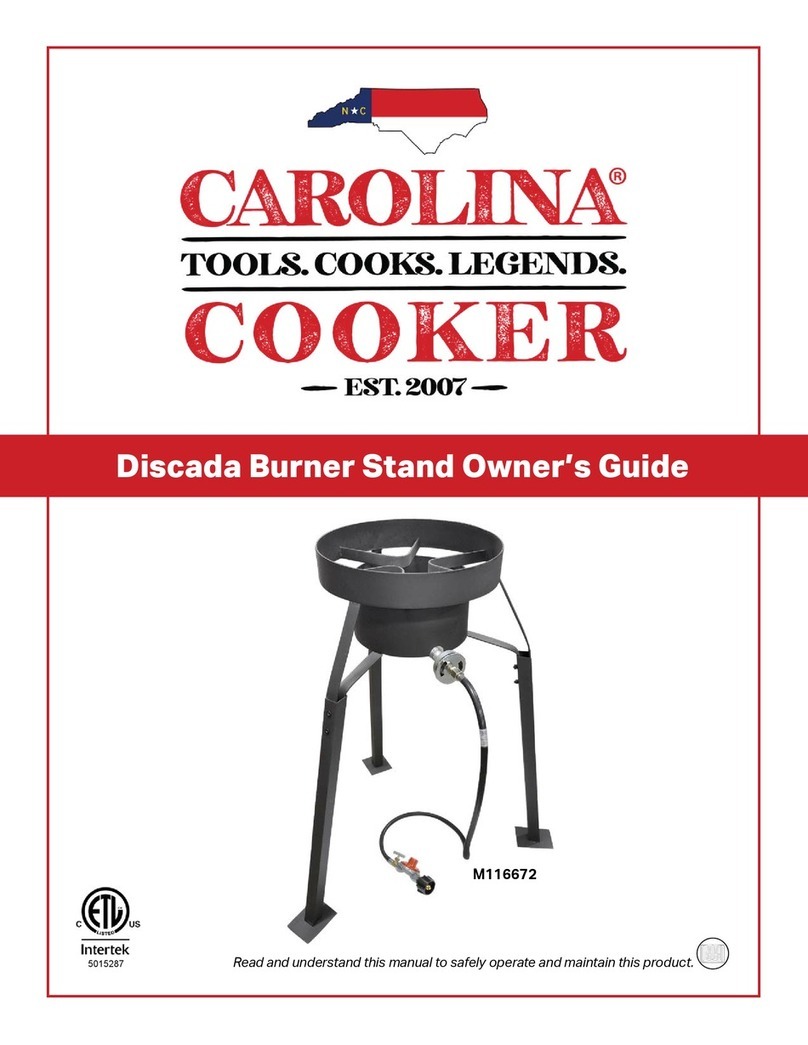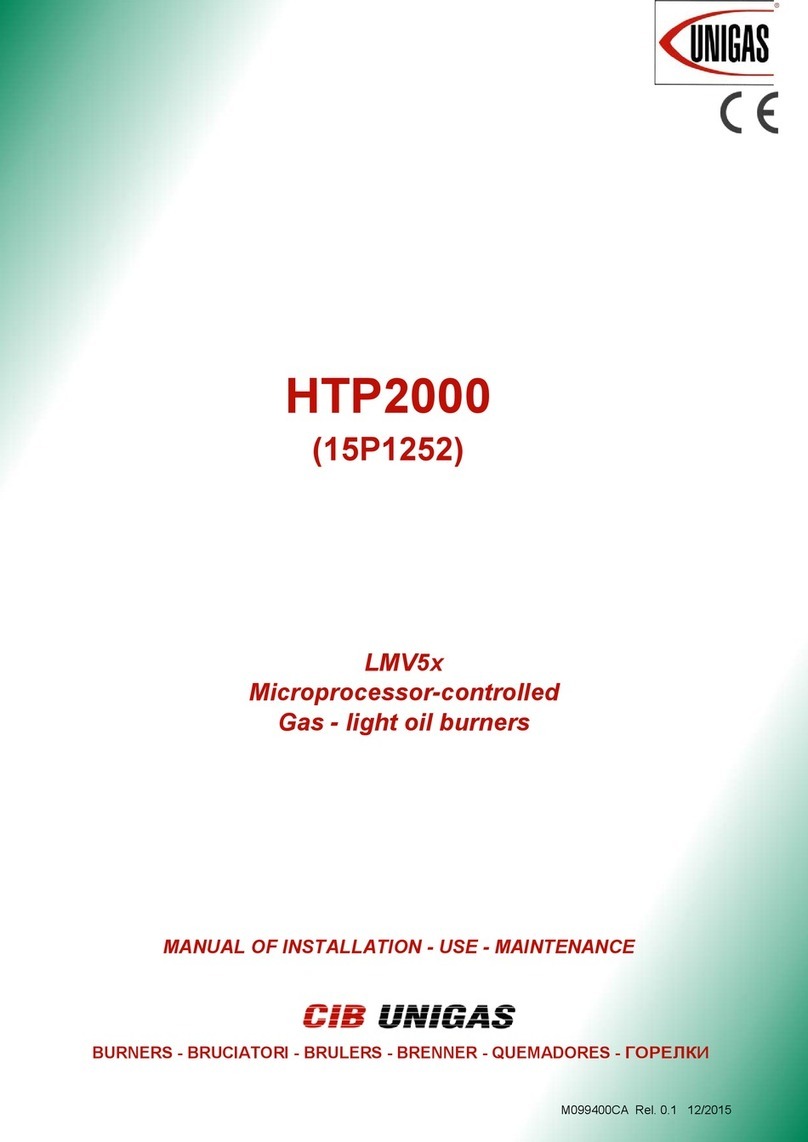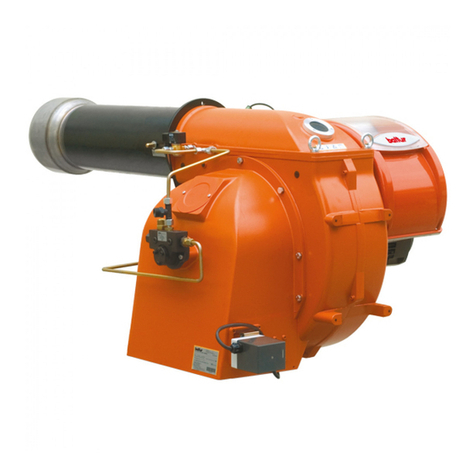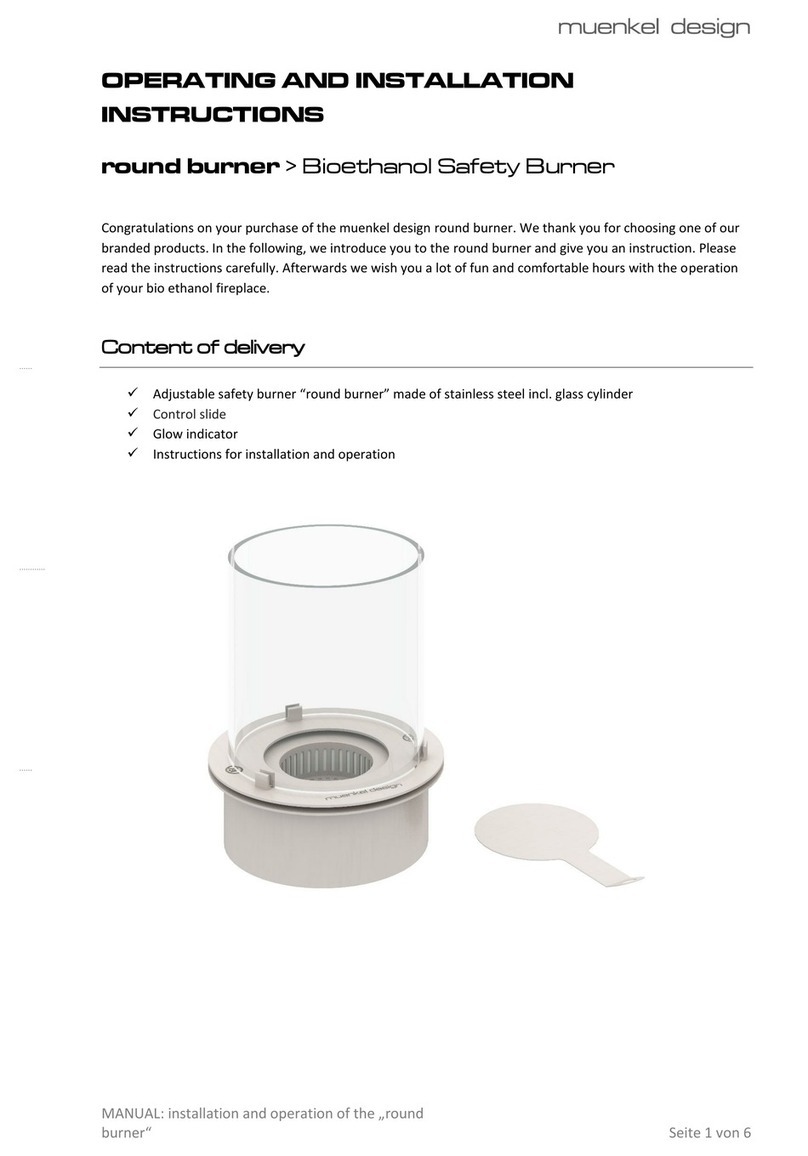
1 2915858
Contents
1 Declarations................................................................................................................................................................................ 3
2 Information and general warnings............................................................................................................................................ 4
2.1 Information about the instruction manual .................................................................................................................... 4
2.1.1 Introduction.................................................................................................................................................................. 4
2.1.2 General dangers.......................................................................................................................................................... 4
2.1.3 Other symbols ............................................................................................................................................................. 4
2.1.4 Delivery of the system and the instruction manual...................................................................................................... 5
2.2 Guarantee and responsibility....................................................................................................................................... 5
3 Safety and prevention................................................................................................................................................................ 6
3.1 Background ................................................................................................................................................................. 6
3.2 Personnel training ....................................................................................................................................................... 6
4 Technical description of the burner ......................................................................................................................................... 7
4.1 Models available.......................................................................................................................................................... 7
4.2 Technical data ............................................................................................................................................................. 7
4.3 Electrical data.............................................................................................................................................................. 7
4.4 Maximum dimensions.................................................................................................................................................. 8
4.5 Burner equipment........................................................................................................................................................ 8
4.6 Firing rates .................................................................................................................................................................. 9
4.6.1 Minimum gas pressure - output................................................................................................................................... 9
4.7 Test boiler.................................................................................................................................................................. 10
4.7.1 Commercial boilers.................................................................................................................................................... 10
4.8 Burner description ..................................................................................................................................................... 11
4.9 Control box RMG88................................................................................................................................................... 12
5 Installation ................................................................................................................................................................................ 13
5.1 Notes on safety for the installation ............................................................................................................................ 13
5.2 Handling .................................................................................................................................................................... 13
5.3 Preliminary checks .................................................................................................................................................... 13
5.4 Operating position ..................................................................................................................................................... 14
5.5 Preparing the boiler ................................................................................................................................................... 14
5.5.1 Boring the boiler plate ............................................................................................................................................... 14
5.5.2 Blast tube length........................................................................................................................................................ 14
5.5.3 Securing the burner to the boiler ............................................................................................................................... 15
5.6 Positioning the probe - electrode............................................................................................................................... 15
5.7 Combustion head adjustment.................................................................................................................................... 16
5.7.1 Gas distributor ........................................................................................................................................................... 16
5.8 Gas feeding ............................................................................................................................................................... 17
5.8.1 Gas feeding line ........................................................................................................................................................ 17
5.8.2 Gas train.................................................................................................................................................................... 18
5.8.3 Gas train installation.................................................................................................................................................. 18
5.8.4 Gas pressure............................................................................................................................................................. 18
5.9 Electrical wiring ......................................................................................................................................................... 19
6 Start-up, calibration and operation of the burner ................................................................................................................. 20
6.1 Notes on safety for the first start-up .......................................................................................................................... 20
6.2 Adjustments prior to ignition ...................................................................................................................................... 20
6.3 Burner start-up .......................................................................................................................................................... 20
6.4 Burner ignition ........................................................................................................................................................... 20
6.5 Burner adjustment ..................................................................................................................................................... 21
6.5.1 Ignition output............................................................................................................................................................ 21
6.5.2 Maximum burner output ............................................................................................................................................ 21
6.6 Pressure switch adjustment ...................................................................................................................................... 22
6.6.1 Air pressure switch “1”............................................................................................................................................... 22
6.6.2 Over pressure switch “2” ........................................................................................................................................... 22
